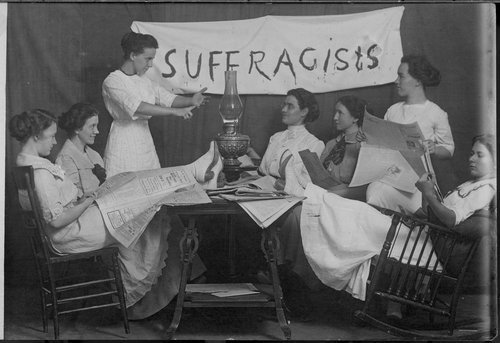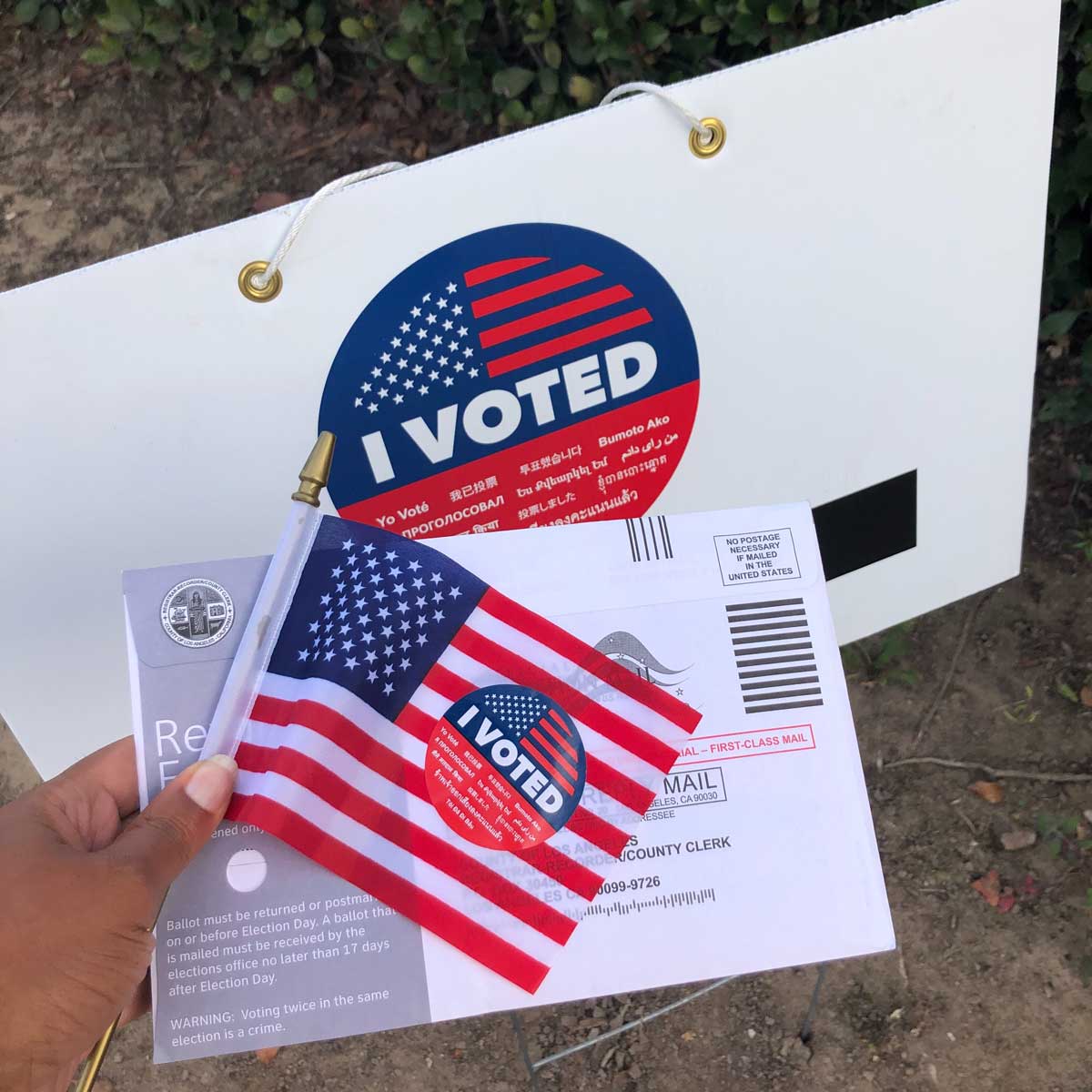
Suffragist County
During the Civil War, many women became heads of household while the men were away at war, which helped to spark the movement for women’s suffrage in Kansas and across the United States.

A few steps ahead
In 1867, a statewide referendum to affirm women’s right to vote failed, an outcome that, ironically, may have served to invigorate suffragists in the state: A year later, the Women’s Suffrage Association of Kansas held its first meeting, with prominent suffrage leaders including Susan B. Anthony and Elizabeth Cady Stanton in attendance.
While women were granted the right to vote nationwide with the ratification of the 19th Amendment in 1920, Kansas women were a few steps ahead. Though a second attempt to gain women’s voting rights in 1893 failed, a third attempt was introduced to the state legislature in 1911 and soon passed. The Equal Suffrage Amendment was ratified in 1912, making Kansas the eighth state in the United States and the first in the Midwest to provide equal voting rights to women.
More than just a vote
The women’s rights movement was about more than just voting rights, however. Leading up to the passage of the Equal Suffrage Amendment, Kansas women won a series of key victories, including the right to vote in school district elections and municipal suffrage, which resulted in the election of 14 female mayors before the turn of the century.


Jury duty
Among Kansas counties, Butler County stands out for contributing several milestones to women’s equality. The women’s rights movement found an ally in Butler County judge Granville Pearl Aikman. In 1912, immediately following the ratification of women’s suffrage in Kansas, Aikman appointed Eva Rider as the first woman bailiff in the nation, and he further instructed her to assemble an all-women jury—another first.
The judge told the St. Louis Post-Dispatch, "Women became qualified to act as jurors when the new constitutional amendment made them electors, and I desire the honor of presiding over the first trial in which their new rights are exercised."
The case that this female jury was tasked with deciding was a case that had previously been tried before a jury of men, with no verdict reached. The women jurors, however, completed their deliberations after two days of proceedings and were praised for their rapt attention and careful consideration of arguments.

Butler County served as a leading example in the state at a time when women’s rights were still untested, and the all-women jury enabled women to prove their capacity to exercise their new rights, paving the way for future generations of women. “Butler County’s involvement in the women’s rights movement is a Crossroads story of change and progress,” explains Tiya Tonn, Crossroads Partner Site project director for Kansas Oil Museum. “It’s important to remember stories like this so that we can gain a better understanding of our history and use that knowledge to inspire others.”
The Changing Faces and Places of Butler County
Rural Crossroads: The Changing Faces and Places of Butler County
The full exhibit is on display at Kansas Oil Museum383 E. Central Avenue
El Dorado, Kansas 67042


 Get Directions
Get Directions Visit Website
Visit Website